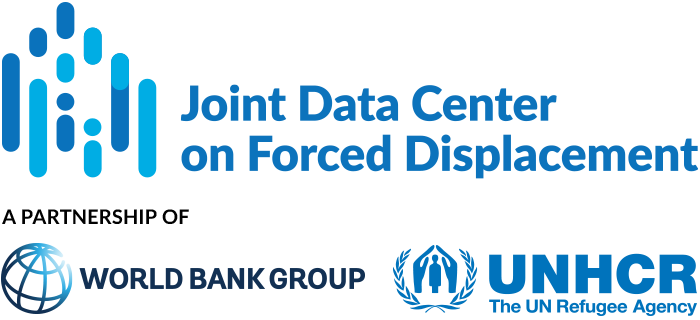This article assesses the levels and determinants of food insecurity among Burkina Faso refugees residing in Ghana.
JDC Literature Review
Receipt of humanitarian cash transfers, household food insecurity and the subjective wellbeing of Syrian refugee youth in Jordan
This paper examines whether food security mediates the relationship between receipt of humanitarian cash transfers and subjective wellbeing among Syrian refugee youth in Jordan.
Using Poverty Lines to Measure Refugee Self-Reliance
This paper proposes a novel approach to measuring refugee self-reliance, grounded in global poverty measurement, that focuses on self-earned income. The measure captures the ability to meet physiological and basic material needs independently of aid.
Responsibility Sharing and the Economic Participation of Refugees in Chad
This paper estimates the potential savings in humanitarian aid if Sudanese refugees in Chad are able to realize their economic potential.
The Costs Come before the Benefits: Why Donors Should Invest More in Refugee Autonomy in Uganda
This paper examines the self-reliance of refugees in Uganda and estimates the savings in assistance resulting from their economic inclusion.
An Adaptive Targeted Field Experiment: Job Search Assistance for Refugees in Jordan
This paper investigates the impact of active labor market policies aimed at assisting both Syrian refugees and local jobseekers in securing employment in Jordan.
Understanding linkages between self-reliance and mental health among forcibly displaced women in Colombia
This paper investigates the link between household self-reliance and mental health outcomes, specifically depression symptoms and resilience, among forcibly displaced women in Colombia.
The impact of savings-led microfinance on the lives of refugees
This paper analyses the impact of a Village Savings and Loan (VSL) program on South Sudanese refugees in Uganda.
Training Refugees: Lights and Shadows in the Context of the Self-Reliance Strategy Implemented in Uganda
This paper estimates the causal impact of training on refugees’ food security and market access in Uganda.
Is the self-reliance strategy sustainable? Evidence from assistance programmes to refugees in Uganda
This study investigates the impact of cash and food assistance on food security and self-reliance among refugee communities in Uganda.


